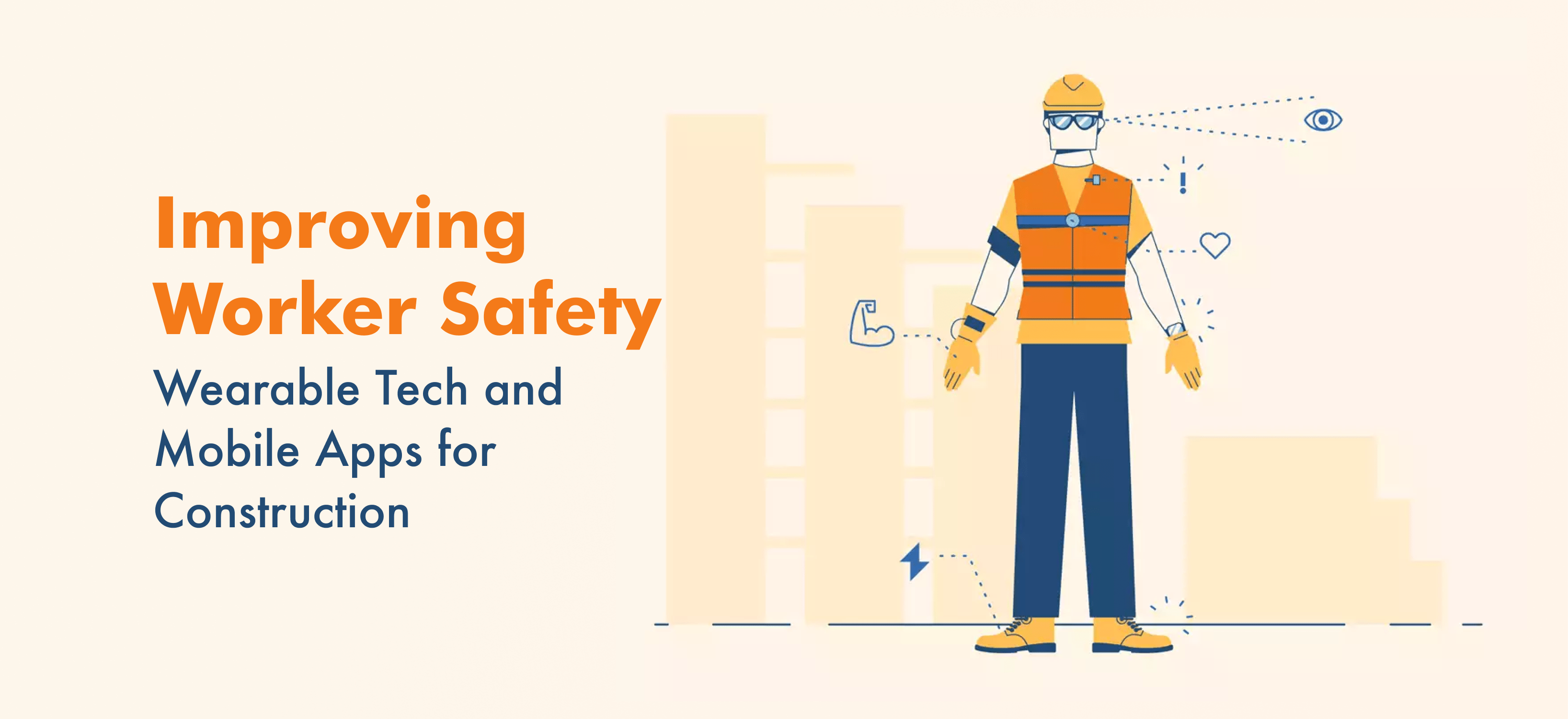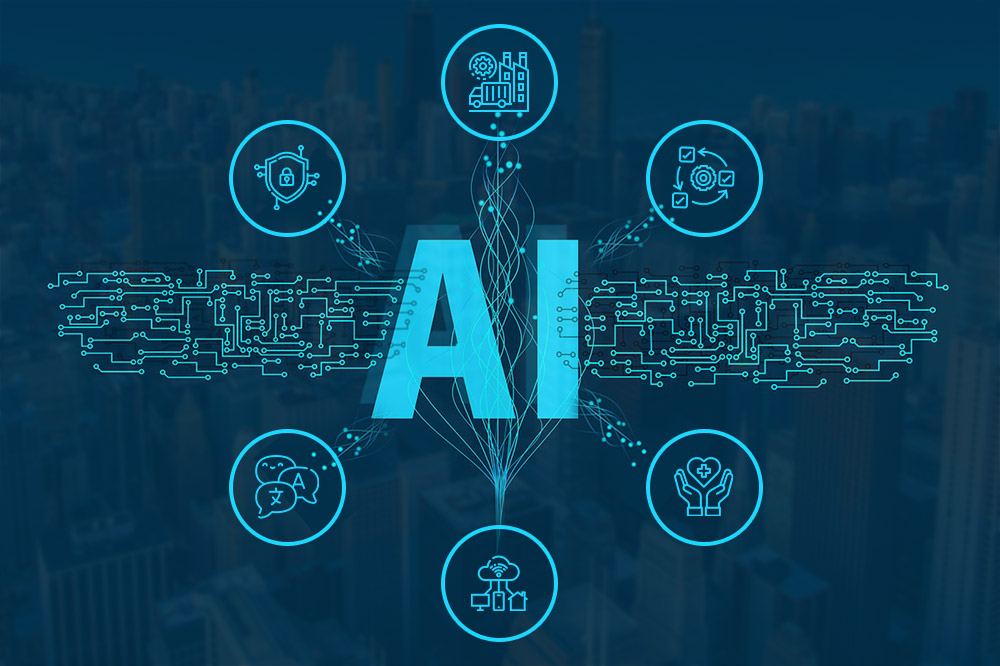The construction industry faces a unique challenge: balancing progress with worker safety. Traditional methods of monitoring wellbeing and hazards can be cumbersome and inefficient. Thankfully, advancements in wearable tech and mobile apps are revolutionizing construction safety. Let’s explore how these innovative tools are keeping workers protected.
Wearable Tech for Real-Time Monitoring
Construction wearable tech goes beyond hard hats and reflective vests. Today’s intelligent wearables track a worker’s vital signs, like heart rate and body temperature, in real-time. This allows for:
- Early Detection of Heat Stress: Construction sites can be scorching with heat. Wearables can trigger alerts if a worker’s body temperature reaches dangerous levels, prompting preventative measures like hydration breaks and shade.
- Fatigue Monitoring: Construction work is physically demanding. Wearables can monitor fatigue levels, preventing workers from operating heavy machinery when drowsy. These devices can issue warning signals and alters in the system enabling the managers to reallocate the work of fatigued workers.
- Fall Detection and Alerting: Falls are a leading cause of construction injuries. Wearables can detect falls and automatically send an alert to emergency services, potentially saving lives.
Mobile Apps: Worker Wellbeing and Site Safety
Construction project management apps are no longer just about scheduling and budgets. Modern apps integrate seamlessly with wearables, providing a comprehensive view of worker safety:
- Real-Time Location Tracking: Knowing a worker’s location on-site allows for quicker response times in case of emergencies. Imagine a scenario where a worker suffers a fall and their location is automatically pinpointed for swift medical attention.
- Digital Safety Checklists: Mobile apps can replace paper checklists, ensuring workers complete crucial safety checks before starting tasks. These digital checklists can also be updated in real-time, reflecting the latest safety protocols.
- Hazard Reporting: Workers can easily report safety hazards through the app, complete with photos and location data. This empowers workers to participate actively in safety and allows managers to address issues promptly.
Construction App Development: Building a Culture of Safety
The integration of wearable tech and mobile apps creates a powerful synergy in construction safety. Construction app development companies are constantly innovating, focusing on features like:
- User-Friendly Interfaces: Apps should be intuitive and easy for workers to use, regardless of their tech expertise.
- Multilingual Support: A diverse workforce requires multilingual functionality to ensure everyone understands safety protocols.
- Data Security and Privacy: Worker health data is sensitive. Construction apps must prioritize robust security measures to protect this information.
By harnessing the power of wearable tech and mobile apps, construction companies can cultivate a culture of safety where workers feel empowered to take charge of their wellbeing and report hazards. This not only protects lives but also improves project efficiency and reduces costs associated with workplace injuries. As construction app development continues to evolve, we can expect even more exciting advancements that prioritize worker safety on every job site.





